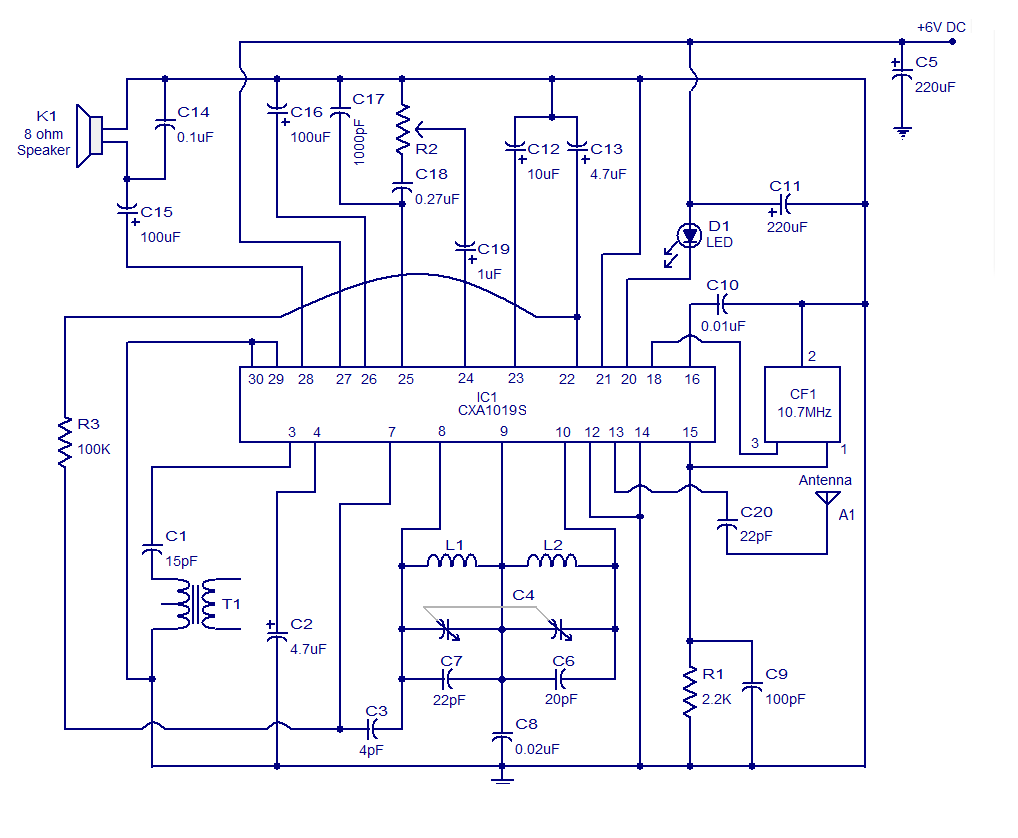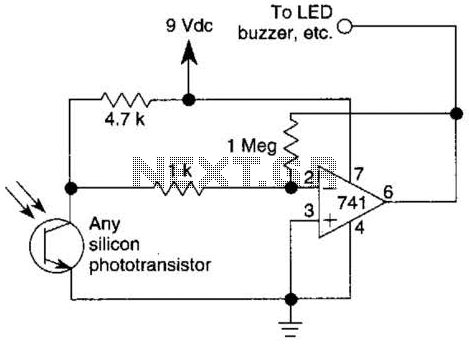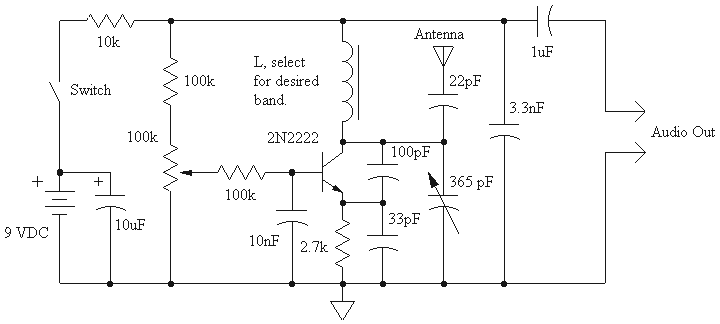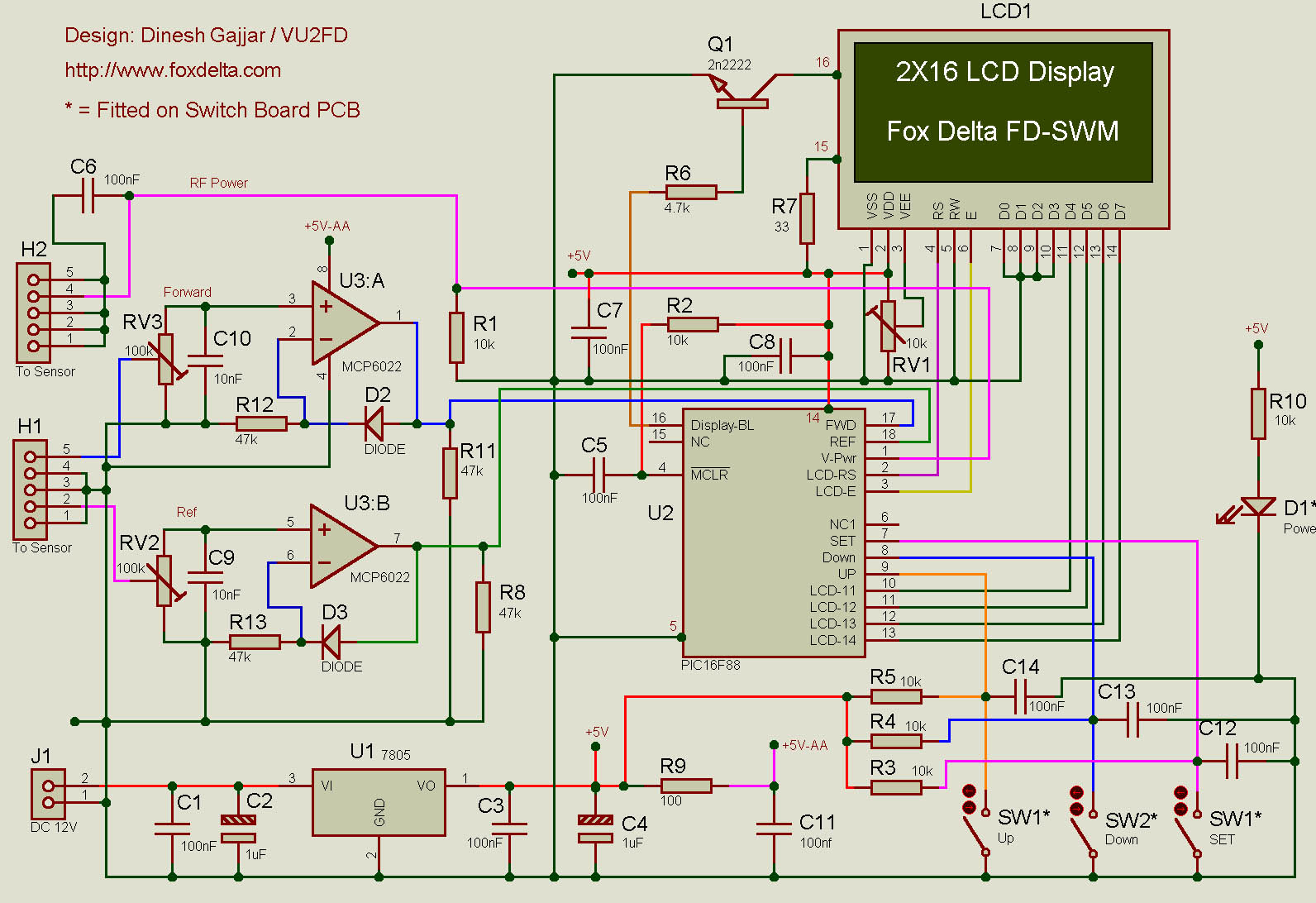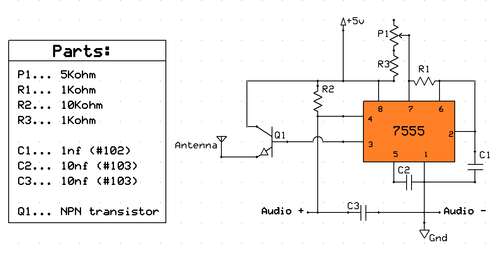
45-860MHz Radio receiver based on UV916-tuner
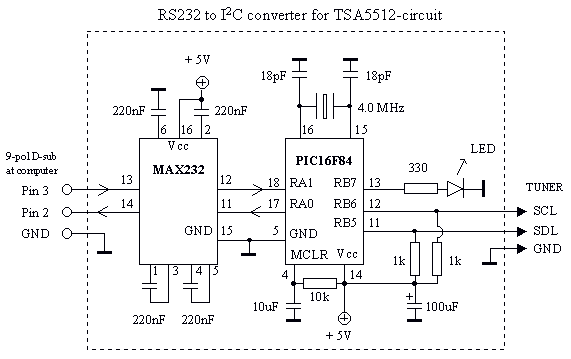
To build a Spectrum analyzer I needed a tuner. I also needed to learn how to control the tuner. In some old broken TV I found the tuner UV916. It is a common used tuner. The tuner is PLL synthesized controlled and the frequency can be set from 80-900MHz. The tuner is programmed by a digital interface I2C standard using only 2 wires. The output from the tuner is European standard 38.9 MHz. By connecting the tuner to a radio receiver circuit, tuned to 38.9 MHz, I will be able to demodulate the audio sound at the tuner frequency. With this unit I can scan and listen to all FM signals from 45-860 MHz.
The UV916 tuner is a versatile component commonly used in various radio frequency applications, particularly in television receivers. It employs a Phase-Locked Loop (PLL) synthesis method, which allows for accurate frequency tuning across a wide range, specifically from 80 MHz to 900 MHz. This capability makes it suitable for applications such as spectrum analysis, where precise frequency control is essential.
The control of the UV916 tuner is facilitated through an I2C (Inter-Integrated Circuit) interface, which is a standard protocol for communication between integrated circuits. The I2C interface utilizes two wires: a serial data line (SDA) and a serial clock line (SCL). This two-wire configuration simplifies the connection and control of multiple devices on the same bus, allowing for efficient communication and control of the tuner settings.
The output frequency of 38.9 MHz, which adheres to the European standard, is particularly significant for FM demodulation. By integrating the UV916 tuner with a radio receiver circuit that is specifically tuned to this output frequency, it becomes possible to demodulate audio signals transmitted at the tuner frequency. This demodulation process enables the extraction of audio content from FM signals, allowing for a clear listening experience.
Moreover, the combination of the UV916 tuner and the receiver circuit allows for the scanning and listening of FM signals across a frequency range of 45 MHz to 860 MHz. This capability is particularly useful for applications in communication systems, radio monitoring, and amateur radio, where the ability to access a broad spectrum of frequencies is essential. The design and implementation of this system can serve as a foundation for more complex spectrum analysis and radio frequency experimentation.To build a Spectrum analyzer I needed a tuner. I also needed to learn how to control the tuner. In some old broken TV I found the tuner UV916. It is a common used tuner. The tuner is PLL synthesized controlled and the frequency can be set from 80-900MHz. The tuner is programmed by a digital interface I2C standard using only 2 wires. The output from the tuner is European standard 38.9 MHz. By connecting the tuner to a radio receiver circuit, tuned to 38.9 MHz, I will be able to demodulate the audio sound at the tuner frequency. With this unit I can scan and listen to all FM signals from 45-860 MHz. 🔗 External reference
The UV916 tuner is a versatile component commonly used in various radio frequency applications, particularly in television receivers. It employs a Phase-Locked Loop (PLL) synthesis method, which allows for accurate frequency tuning across a wide range, specifically from 80 MHz to 900 MHz. This capability makes it suitable for applications such as spectrum analysis, where precise frequency control is essential.
The control of the UV916 tuner is facilitated through an I2C (Inter-Integrated Circuit) interface, which is a standard protocol for communication between integrated circuits. The I2C interface utilizes two wires: a serial data line (SDA) and a serial clock line (SCL). This two-wire configuration simplifies the connection and control of multiple devices on the same bus, allowing for efficient communication and control of the tuner settings.
The output frequency of 38.9 MHz, which adheres to the European standard, is particularly significant for FM demodulation. By integrating the UV916 tuner with a radio receiver circuit that is specifically tuned to this output frequency, it becomes possible to demodulate audio signals transmitted at the tuner frequency. This demodulation process enables the extraction of audio content from FM signals, allowing for a clear listening experience.
Moreover, the combination of the UV916 tuner and the receiver circuit allows for the scanning and listening of FM signals across a frequency range of 45 MHz to 860 MHz. This capability is particularly useful for applications in communication systems, radio monitoring, and amateur radio, where the ability to access a broad spectrum of frequencies is essential. The design and implementation of this system can serve as a foundation for more complex spectrum analysis and radio frequency experimentation.To build a Spectrum analyzer I needed a tuner. I also needed to learn how to control the tuner. In some old broken TV I found the tuner UV916. It is a common used tuner. The tuner is PLL synthesized controlled and the frequency can be set from 80-900MHz. The tuner is programmed by a digital interface I2C standard using only 2 wires. The output from the tuner is European standard 38.9 MHz. By connecting the tuner to a radio receiver circuit, tuned to 38.9 MHz, I will be able to demodulate the audio sound at the tuner frequency. With this unit I can scan and listen to all FM signals from 45-860 MHz. 🔗 External reference
